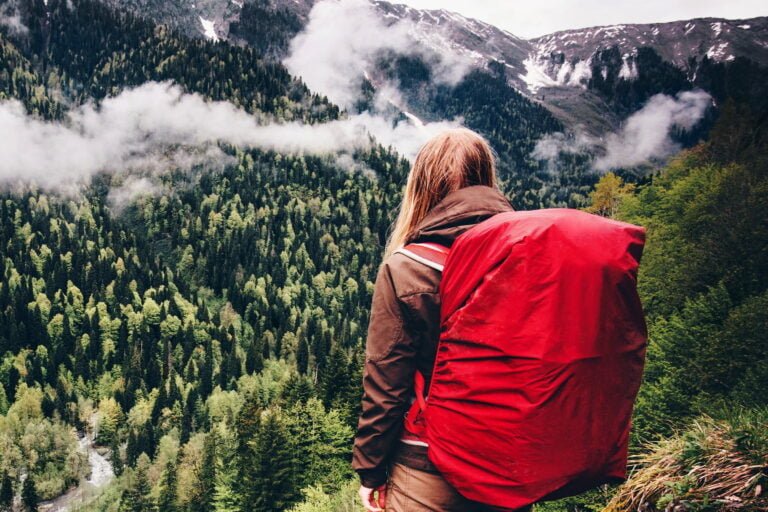If you’re anything like me, you’ve had a DIY project go sideways before.
Maybe it was a simple fix that turned into a total disaster.
Maybe it was furniture you tried to build, and somehow it wobbled like a newborn deer. My DIY Needs.
I’ve been there. More times than I’d like to admit.
But after years of trial, error, and way too many trips to the hardware store, I finally found the real fix for all my DIY needs.
And today, I’m going to share it with you.
Because trust me—once you have the right tools, the right mindset, and the right plan,
DIY becomes way less scary and way more fun.
Let’s get into it.
1. Why DIY Projects Always Seem So Hard (At First)
When I first started doing DIY, I thought,
“How hard can it be? It’s just a few screws, a hammer, and some wood.”
Wrong.
DIY can feel hard because:
- You don’t always have the right tools.
- Instructions aren’t always clear.
- You try to rush through it.
- Tiny mistakes turn into big problems fast.
And honestly, sometimes you just don’t know what you don’t know.
The good news?
Once you understand the basics and get better prepared, DIY gets easier.
Like, a lot easier.
2. The Real Fix: It’s Not Just Tools—It’s a System
Here’s the secret I wish someone told me earlier:
The real fix isn’t just about having a hammer and nails.
It’s about having a system.
When you set yourself up the right way, you’re ready for almost any project.
Here’s what I mean:
- A small but smart tool kit
- A basic set of materials
- Simple, step-by-step habits
- A little bit of patience
That’s it.
You don’t need a garage full of fancy equipment.
U don’t need to be a master builder.
You just need the right foundation.
3. My Essential DIY Tool Kit (Everything You Really Need)
Let’s start with the basics.
You don’t need to buy the whole hardware store.
Here’s my real-life, battle-tested tool kit that fixes 90% of my DIY problems:
Hammer
Obvious, right?
But make sure you get a good, heavy-duty one.
Cheap hammers break. Fast.
Screwdrivers (Flathead and Phillips)
Different screws need different screwdrivers.
You’ll use these all the time—from fixing door handles to building furniture.
Power Drill
Game changer.
Seriously.
Hand screwing everything will make you want to quit.
A good cordless drill saves your hands, your time, and your sanity.
Measuring Tape
“Measure twice, cut once.”
It’s not just a saying—it’s survival.
Level
Hanging pictures?
Building a shelf?
You need a level to make sure stuff isn’t crooked.
Otherwise, you’ll stare at your work forever wondering why it looks wrong.
Stud Finder
Walls are tricky.
A stud finder tells you where you can safely screw or nail into the wall without making a disaster.
Utility Knife
Need to open boxes?
Trim things?
Cut drywall?
You’ll need a sharp utility knife.
Pliers
Sometimes you need a strong grip to pull things out, bend metal, or hold small parts steady.
Pliers are your best friend here.
Sandpaper
For smoothing rough edges, repainting projects, or prepping surfaces.
Cheap and super useful.
Safety Gear
- Work gloves
- Safety glasses
- Dust mask (if cutting or sanding)
Safety first. Always.
These ten basics will carry you through 95% of home projects.
Everything else? You can add over time as you need it.
4. My Go-To DIY Materials
Along with my tools, I like to keep a few key materials around the house.
These things have saved me from more last-minute trips to the store than I can count:
- Wood screws (variety pack)
- Wall anchors
- Nails (small and large)
- Super glue
- Wood glue
- Painter’s tape
- Caulk and a caulk gun
- Duct tape
- Zip ties
- Extra paint (in basic neutral colors)
You’d be amazed how many problems a little glue, a few screws, and some tape can solve.
5. The 5-Step System I Use For Every DIY Project
Tools and materials are great.
But how you use them matters too.
I follow the same 5 steps every time I tackle a project:
Step 1: Plan It Out
Before I touch anything, I make a simple plan.
- What am I trying to fix/build?
- What tools do I need?
- What materials do I need?
- How long will it take?
Five minutes of planning saves five hours of headaches later.
Step 2: Measure, Measure, Measure
I cannot stress this enough.
If you skip careful measuring, you’ll mess up.
It’s almost a guarantee.
I measure everything at least twice.
Sometimes three times if it’s a big project.
Step 3: Set Up My Workspace
Trying to DIY in a cluttered space = instant disaster.
I make sure I have:
- Plenty of light
- Room to move
- A clean, flat work surface
- All my tools ready to go
Taking five minutes to set up properly makes the whole project smoother.
Step 4: Take My Time
DIY is not a race.
Going too fast leads to mistakes.
I remind myself:
“Slow is smooth. Smooth is fast.”
Weird, but it works.
Step 5: Clean Up Right Away
Nothing kills the DIY vibe like leaving a mess behind.
I always clean up when I’m done:
- Put away tools
- Toss trash
- Wipe surfaces
Then the next time I want to build or fix something, I’m ready.
6. Common DIY Problems (And How I Fix Them)
Even with the best tools and best plan, things still go wrong sometimes.
Here are a few common problems—and my quick fixes:
Stripped Screws
Problem: Screw won’t tighten or keeps spinning.
Fix:
I use a rubber band between the screwdriver and screw for better grip.
If that doesn’t work, I remove the screw and fill the hole with toothpicks and wood glue, then re-screw.
Uneven Shelves
Problem: The shelf looks like it’s falling off.
Fix:
I check with my level.
If it’s off, I re-measure and adjust.
Sometimes it’s about using better wall anchors too.
Wobbly Furniture
Problem: DIY furniture feels like it’s about to collapse.
Fix:
I double-check all screws.
Tighten everything.
If needed, I add corner braces for extra strength.
Paint Drips
Problem: Walls or furniture look messy after painting.
Fix:
Use thinner coats.
Take my time.
Sand lightly between coats if needed.
Mistakes happen.
They’re part of the process.
Learning how to fix them fast makes you a real DIYer.
7. My Favorite Quick DIY Wins
Some projects take days.
Others you can finish in a couple hours and feel like a boss.
Here are my favorite quick wins:
Hanging a Gallery Wall
Looks fancy.
Takes an afternoon.
Pro tip:
Lay out your frames on the floor first to get the layout right before hammering a single nail.
Building a Simple Shelf
One board, a few brackets, a few screws.
Boom—extra storage.
Looks great over desks, beds, or in bathrooms.
Repainting a Front Door
Instant curb appeal boost.
One quart of bold-colored paint = total front door makeover.
Fixing Loose Cabinet Handles
Ten-minute fix that makes your whole kitchen feel newer.
Sometimes all it takes is tightening a few screws.
Creating a Pegboard Wall
Perfect for tools, crafts, or even kitchen gear.
Cheap, easy, and super organized.
DIY doesn’t always have to be huge.
Small projects build confidence—and make your home look and feel better fast.
8. Why DIY Is Totally Worth It
Let’s be real:
DIY can be messy.
It can be frustrating.
But it’s so worth it because:
- You save money. Big time.
- You learn real skills. Stuff schools should honestly teach more.
- You get real pride. Nothing feels better than standing back and saying, “I built that.”
And the more you do it, the better you get.
Emily didn’t just wake up one day great at fitness.
I didn’t just wake up one day great at DIY.
It’s all about starting, learning, and sticking with it.
Final Thoughts: My Real Fix For All My DIY Needs
When I say I found the real fix for all my DIY needs, I don’t mean some magic hammer or a perfect YouTube video.
The real fix is:
- Having the right basic tools
- Keeping simple materials on hand
- Following a smart system
- Staying patient and persistent
DIY isn’t about perfection.
It’s about progress.
Every project you finish—good, bad, or somewhere in between—makes you better.
So start small.
Stay curious.
Build your skills one step at a time.
Pretty soon, you’ll be the person your friends call when they need help hanging a shelf or fixing a door.
And that feeling?
That’s better than any “life hack” you’ll ever find online.
Trust me.
Thanks for hanging out today!
If you want, I can also share my printable checklist for building the perfect starter DIY kit! 🎯
Let me know!

